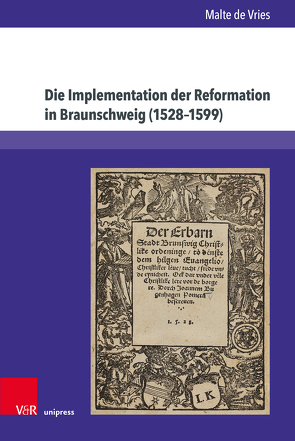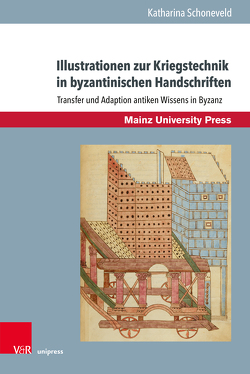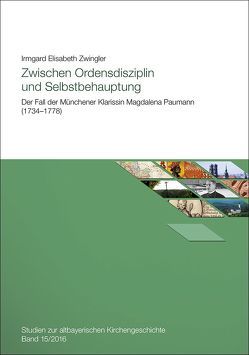Die Implementation der Reformation in Braunschweig (1528–1599)
Malte de Vries
Die städtische Reformation wird meist mit Verabschiedung einer gesetzlichen Kirchenordnung als abgeschlossen angesehen. Malte de Vries zeigt anhand der autonomen Landstadt Braunschweig auf, dass der »Reformation« jedoch ein jahrzehntelanger normativer Durchsetzungsprozess – die »Implementation« – folgte. Hierzu wird das gesamte Spektrum an Entwicklungsprozessen im Anschluss der städtischen Reformation eingehend analysiert: Die Rolle des Rates und der kirchlichen Institutionen, ebenso wie zum Beispiel das Ehe-, Bildungs- und Armenwesen samt beteiligter Personen und Diskurse. Dabei zeigt sich, dass der in den lutherischen Kirchenordnungen angestrebte Idealzustand noch einige Jahr(zehnt)e bis zu seiner überwiegenden Umsetzung bedurfte.
After the introduction of a church order, urban Reformation is usually considered to be completed. Using the example of the autonomous territorial city of Brunswick, Malte de Vries demonstrates, that the “Reformation” was followed by decades of consolidation – the “Implementation”. In order to show this post-Reformation process, a variety of different aspects will be examined: The role of the magistrate and the church institutions aswell as the handling of marriages, the education- or the welfare system. By doing that, the study points out, that the ideal state, demanded in the lutheran church orders, required decades until it was actually realised.








































